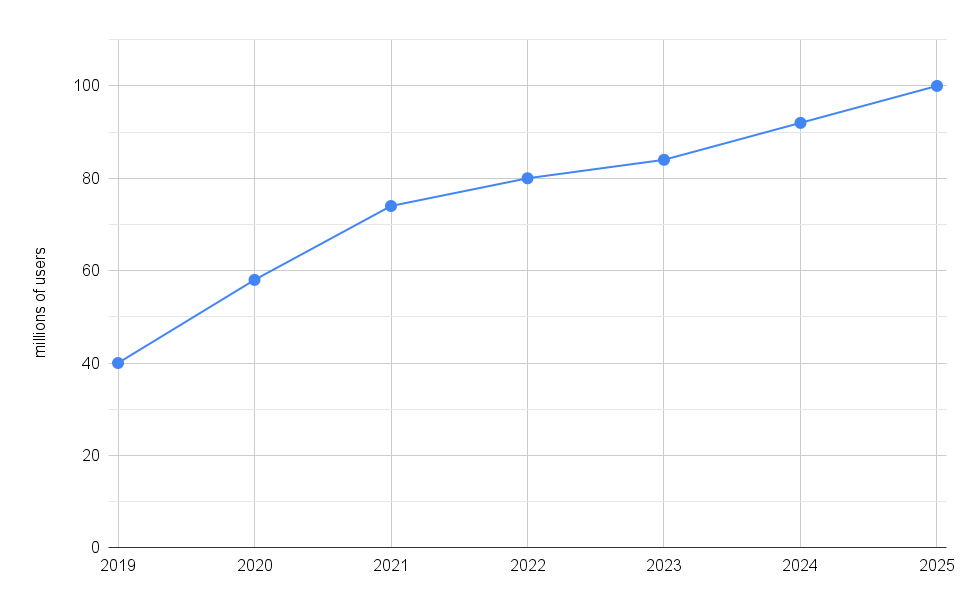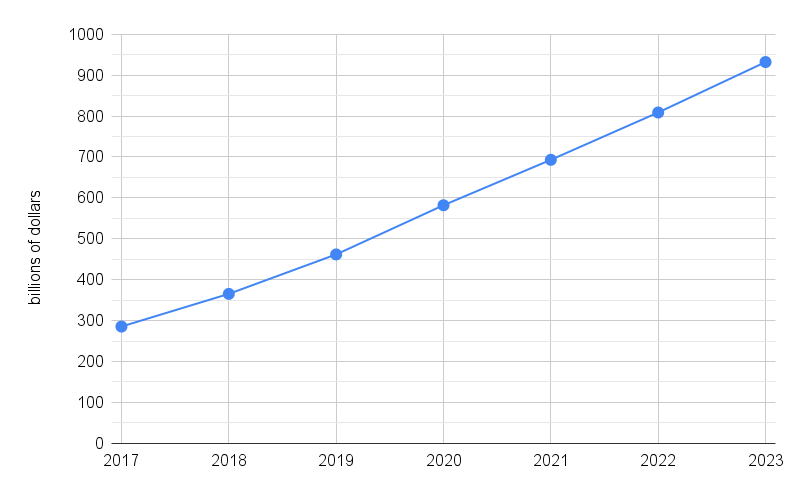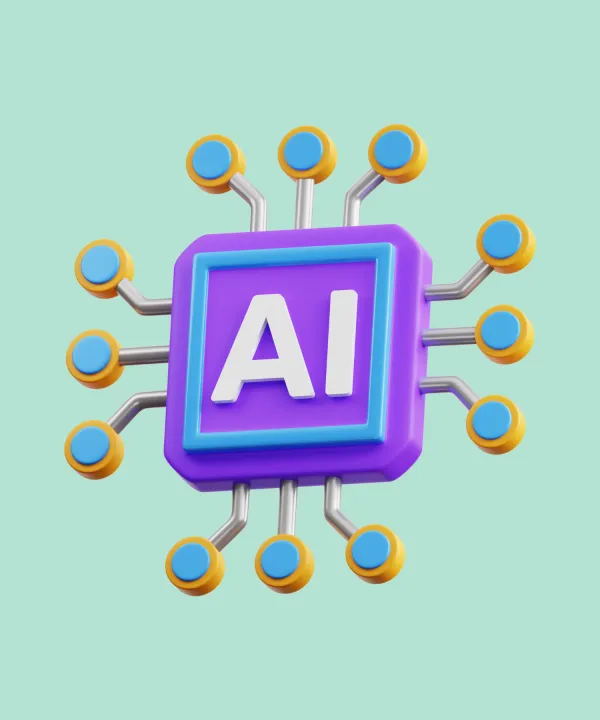In the multifaceted world of software development, frameworks serve as foundational structures or templates, enabling developers to construct software applications and websites efficiently. A framework acts as a middle ground between the boundless creativity of writing code from scratch and the structured simplicity of using Content Management Systems (CMS), offering a balanced blend of flexibility and guidance.
Frameworks offer numerous advantages, such as saving time, providing structured outlines, enabling focus on project-specific tasks, and facilitating the creation of clean and adaptable code. Many frameworks adhere to the principles of open-source software, meaning their source code is freely accessible and modifiable, fostering collaboration and continuous improvement within the global developer community.
Open Source Software: Overview & Impact
Open source refers to a type of software whose source code is made available to the public, allowing anyone to view, modify, and distribute it. Unlike proprietary software, which restricts access to its source code, open source promotes collaboration and freedom. It embodies the principle that collective input and transparency lead to better software design and innovation.
Advantages of Open Source:
- Cost-Effective: Open source software is typically free, reducing costs for businesses and individuals.
- Flexibility and Freedom: Users can customize the software to fit their needs, without any restrictions.
- Quality and Security: With numerous developers reviewing and contributing to the code, errors are spotted and fixed quickly. This collective scrutiny often results in superior software quality and security.
- Transparency: Open source offers complete transparency, allowing users to understand the software's functionality and trust its actions.
- Community Support: A vast community of developers, users, and experts support and continuously improve open source projects.
Disadvantages of Open Source:
- Vulnerability to Malicious Users: Since the code is publicly accessible, it can be exploited by malicious users.
- Limited User Experience: Open source projects might not be as user-friendly as their proprietary counterparts, often requiring more technical expertise.
- Integration Issues: Open source solutions might face compatibility issues when integrating with other software or systems.
The code for open source projects is typically hosted on platforms like GitHub, GitLab, or SourceForge. These platforms facilitate collaboration, version control, and distribution.
Open source is used by a diverse range of entities, from individual developers and hobbyists to large corporations and governments. Tech giants like Google, Facebook, and IBM, as well as startups and nonprofits, leverage open source for its flexibility, cost savings, and innovative potential.
Open source has gained immense popularity. For example, according to statistics, GitHub gets around 13.6M visitors and nearly 91M page views every day. This shows just how important and influential open source is in today's tech world.

Mobile App Development
Mobile app development refers to the process of designing and building applications specifically for mobile devices. These apps cater to a wide range of functions, from entertainment and social networking to e-commerce and productivity.
The relevance of mobile apps in today's market cannot be overstated. With the majority of the global population owning smartphones, apps serve as the primary interface for users to interact with digital services. Recent statistics indicate a surge in mobile app usage, with billions of downloads annually and a significant increase in time spent on apps.

Open source frameworks play a pivotal role in this landscape. They provide developers with pre-built structures and tools, simplifying the app development process. These frameworks address common challenges, such as ensuring compatibility across multiple devices, optimizing performance, and reducing development time. By offering reusable components and standardized practices, they enable developers to focus on creating unique features and improving user experience.
Mobile App Frameworks
Mobile app frameworks serve as foundational tools for developers, enabling them to create applications efficiently across various platforms. This list has been curated based on GitHub star ratings, providing insights into the most favored frameworks in the developer community.
Flutter
Flutter is an innovative open-source framework developed by Google. Launched in 2017, it was designed to revolutionize the way developers create native Android and iOS applications using a single codebase.
Flutter compiles Dart code into native code for various platforms, utilizing the Skia Graphics Library (Impeller) for uniform UI rendering. Its layered architecture offers extensive customization, and the widget-centric design ensures consistent UI expressiveness across platforms.
Flutter’s GitHub repository has achieved remarkable recognition, ranking among the top 3 most popular open-source projects on GitHub by contributors, as per the statistics from GitHub's Octoverse. In May 2023, the number of Flutter-based apps surpassed 1 million, marking a two-fold increase from May 2022.
Main Features:
- Cross-platform Development: Not only does it cater to mobile platforms, but Flutter also supports desktop and web, enabling the creation of applications for multiple platforms using a unified codebase.
- Widget-based Architecture: Flutter's UI is built using a hierarchy of widgets, which are reusable and extensible components, ensuring applications have an appealing and native-like appearance.
- Hot Reload: This feature optimizes the development process, allowing developers to instantly view changes without restarting the application.
- Performance: Flutter provides smooth and consistent performance, with its engine connecting with platform-specific SDKs.
- Rich Set of Plugins: The framework offers a plethora of plugins, simplifying the integration of third-party services and tools.
- Comprehensive Framework: It includes a rendering engine, widgets, and various resources, streamlining the app development process.
Prominent apps developed using Flutter include those by Alibaba, Google, BMW, Square, eBay, and The New York Times. For more examples of applications developed with this framework, explore top apps built with Flutter.
The Flutter community is vibrant and ever-growing, with developers from around the world contributing to its success. Looking ahead, Flutter aims to expand its horizons, with plans to enhance web support, improve performance, and introduce new widgets.
React Native
React Native, developed by Facebook in 2015, was designed to enable the creation of native Android and iOS applications using JavaScript and React. It aimed to provide a unified development experience across platforms.
React Native combines React's JavaScript library with native platform capabilities. By invoking native rendering APIs in Objective-C (iOS) or Java (Android), it offers a native app experience from a shared codebase.
Main Features:
- Cross-platform Development: React Native supports both Android and iOS, allowing developers to maintain a single codebase for multiple platforms.
- Native Components: It uses genuine native components, ensuring the applications deliver native-like performance and user experience.
- Hot Reload: Developers can instantly visualize the effect of the latest update, enhancing productivity.
- Vast Library of Plugins: React Native's ecosystem is rich with plugins and extensions, simplifying the integration of third-party services and tools.
- Community-driven: A vibrant community actively contributes to its extensive library of components, ensuring continuous enhancement and updates.
React Native's GitHub repository showcases its acceptance in the developer community. However, recent trends indicate a shift in its popularity. It's observed to be gradually losing ground to Flutter, especially in terms of GitHub repository rankings and discussions on platforms like StackOverflow.
Several market leaders and globally recognized apps have been crafted using React Native. React Native has been employed by companies like Facebook, Skype, Walmart, and Wix to develop their mobile applications.
React Native, once a dominant force in mobile app development, is experiencing challenges from emerging frameworks like Flutter. For a detailed comparison between the two, you can refer to React Native vs Flutter. However, its established presence and capabilities still make it a relevant choice for certain projects.
Ionic
Founded in 2012, Ionic was developed to streamline the creation of Progressive Web Apps (PWAs), hybrid, and cross-platform mobile apps. Leveraging Apache Cordova and Angular, it aimed for seamless performance across Android and iOS.
Ionic transforms a single codebase into a cross-platform app. By blending web and native codes, it offers apps with native functionalities and consistent behavior.
Main Features:
- Cordova-based App Building: Facilitates app creation using Cordova for enhanced native functionalities.
- Extensive UI Components: Provides user-friendly UI elements like filters, forms, and navigation menus.
- Rich Library: Boasts over 100 plugins for feature-rich app development.
- Continuous Support: Delivers ongoing support and custom solutions for developers.
Ionic's GitHub repository reflects its significant presence in the developer community. However, its popularity has diminished in 2023, with a decline in PWA and web application usage.
Apps like MarketWatch, Pacifica, Nationwide, and Sworkit have been crafted using Ionic, showcasing its capability to deliver high-quality user experiences.
While Ionic remains a key player in app development, it faces challenges from rising frameworks. Its robust developer community and feature set ensure its relevance, but changing tech trends pose challenges. For insights into how it compares with other frameworks, see Ionic vs Flutter.
Summary
Open-source frameworks have become pivotal in the software development arena. These tools offer developers a structured blueprint, merging the freedom of manual coding with the efficiency of Content Management Systems (CMS). Their transparent and modifiable source code fosters global collaboration and continuous innovation.
In the realm of mobile app development, frameworks like Flutter, React Native, and Ionic are game-changers. They simplify the app creation process, ensure compatibility across devices, and enhance performance. By providing pre-built structures and tools, these frameworks address common development challenges, enabling developers to focus on unique features and user experience.









